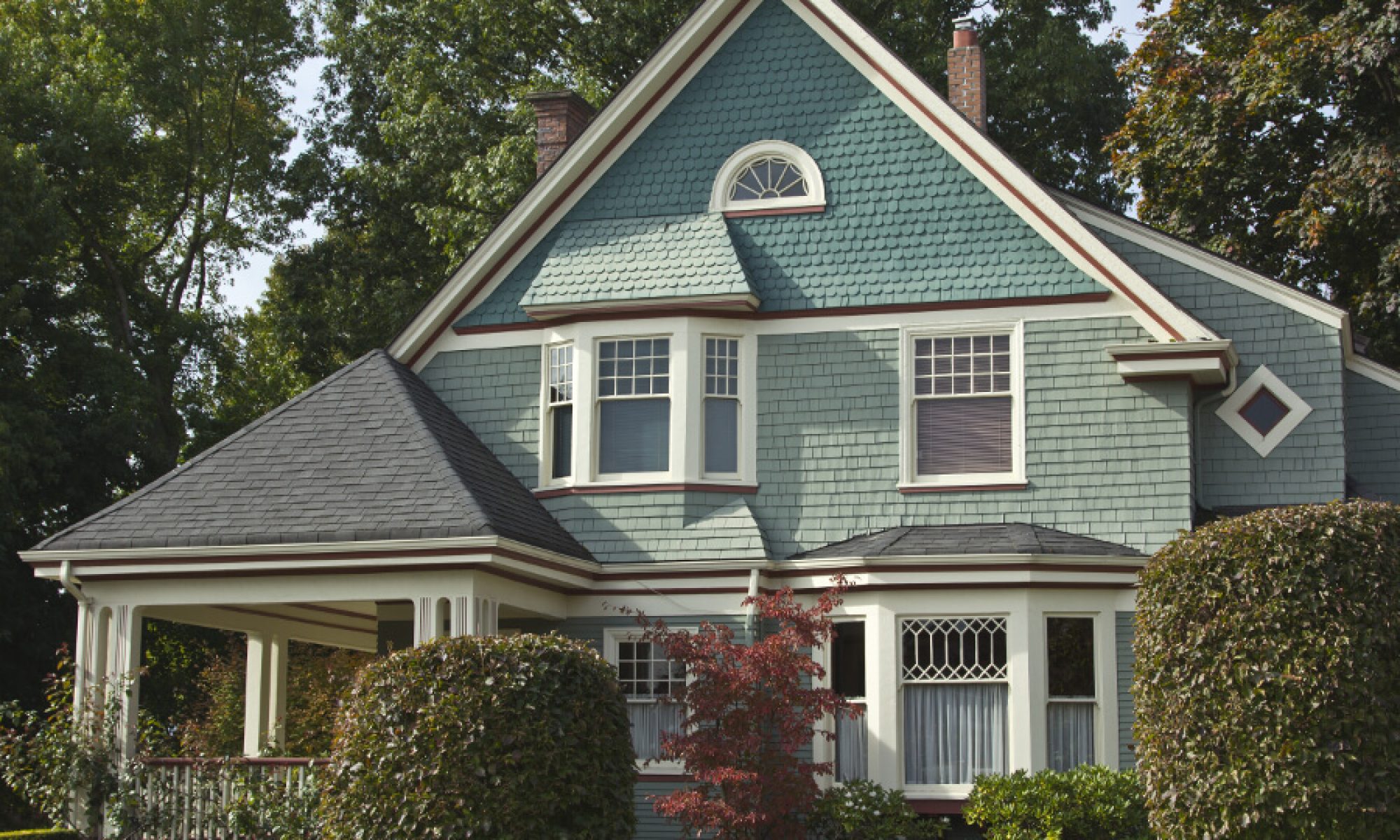In a home, asbestos is most commonly assumed to be used as a covering for pipes and boilers. However, it is also commonly found in exterior siding products, shingles and felt for roofing, in compounds such as caulk, putty and roof patching, wallboard, paints, vinyl floor tiles and clay pottery.
Asbestos is a natural mineral with unusual qualities that has been used by humans for the past 4,500 years. It is strong enough to withstand high temperatures. Chemical attack and wear. A poor conductor, it insulates well against heat and electricity. The crystals can become long, flexible, silky fibres that can be made into a variety of forms. It can be used as yarn or cloth and added to materials like cement. This combination of properties has made it a valuable product and used in hundreds of applications and products over the ages.
Asbestos may have been used in the following areas of your home:
– Hot water pipe and boiler insulation.
– Exterior siding.
– Vinyl floor tiles and rolled linoleum.
– Roofing shingles and felts.
– Spray on insulation or paint on walls and ceilings.
– Acoustical ceiling tiles.
– Asbestos coverings of heat supply ducts and heat supply outlets.
– Asbestos sheeting above boiler or furnace.
WHAT HEALTH PROBLEMS ARE ASSOCIATED WITH ASBESTOS?
– Asbestos poses health risks only when fibres are present in the air that people breathe.
– When asbestos fibres become ôfriableö the possibility of airborne particle omission is increased. These fibres can be inhaled and can ultimately lead to severely impaired lung functions (asbestosis) and cancer of the lung.
WHEN CAN ASBESTOS BE A PROBLEM?
– During removal of deteriorating roofing shingles or siding that contain asbestos.
– Ripping away old (asbestos) insulation from around a hot water tank or heating boiler and pipes.
– Sanding or disturbing older wall plaster.
– Sawing, drilling or smoothing rough edges of new or old asbestos materials.
There are over thirty different varieties of asbestos being used today. To determine if a product actually is asbestos and to ascertain what risk is involved, requires a laboratory analysis. If you do not know if asbestos exists in a particular product in your home, you may wish to have an experienced contractor inspect them. If the presence of asbestos is confirmed, the best procedure may be to seal (encapsulate) the surface so that particles will not be released into the indoor air.
Alternatively, removal of asbestos is a complex and expensive matter. It is best left to an experienced contractor, as maximum precautions must be taken to safeguard the workers and the homeowners during the removal process.
Copyright (2013) CBCG – Reprinted with permission

